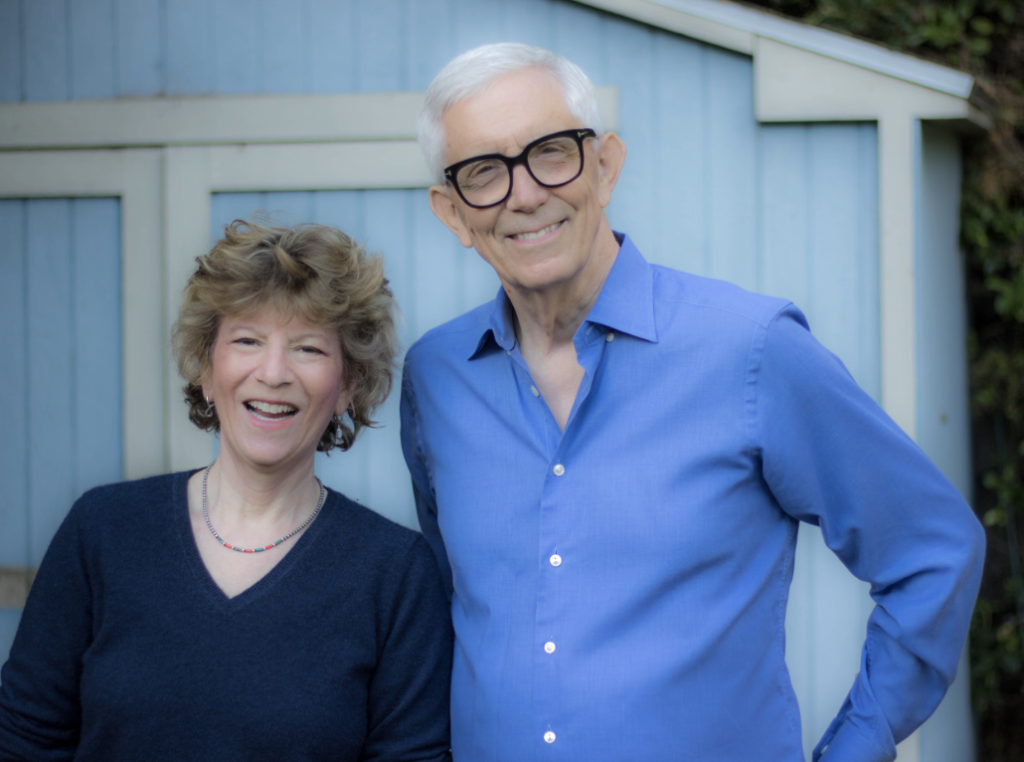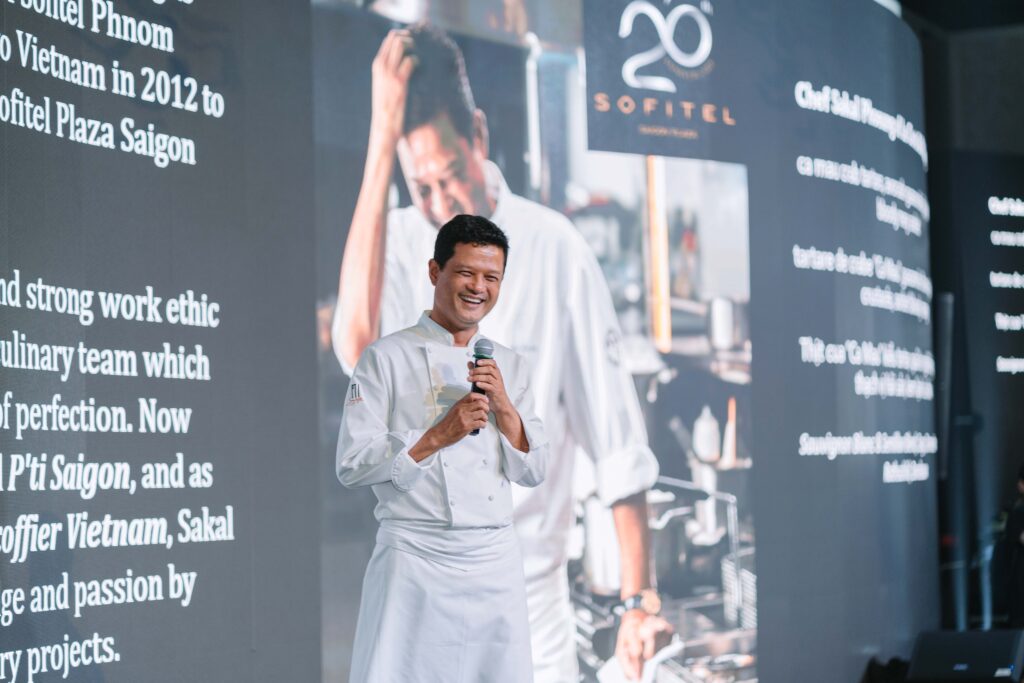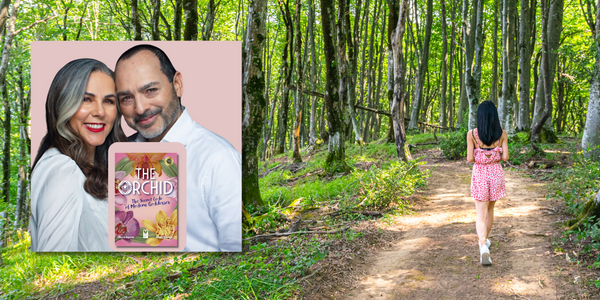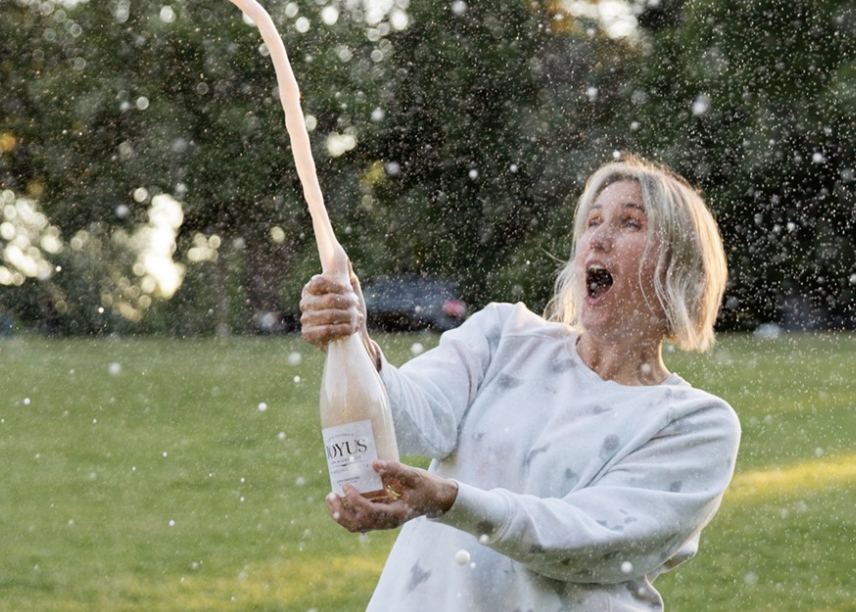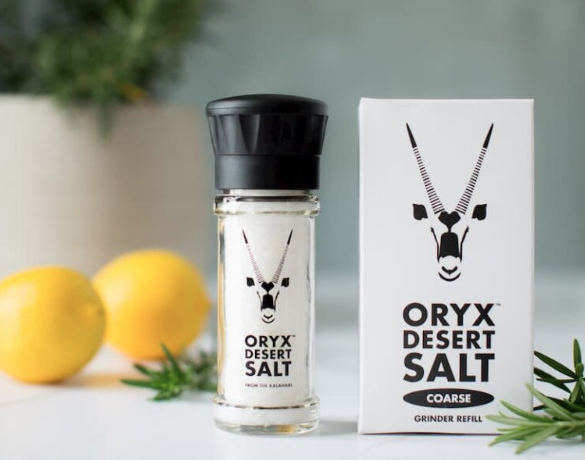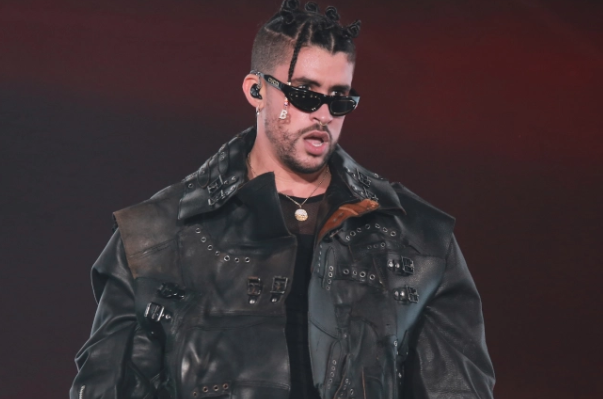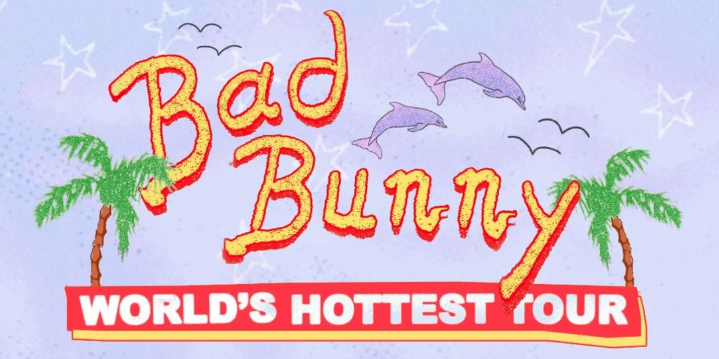Style, Flavor, Awards: DC’s Favorite New Wine Jøyus non-alcoholic wines has a Secret. Not just for #SoberOctober, but its award-winning tastes help you celebrate all year-long.
Jøyus non-alcoholic wines not only taste like wine, but great wine. With the industry awards to prove it.
Recently I sat down with Jøyus leader Jessica Selander.
This conversation has been edited for length and clarity. You can find the full, un-edited conversation on our YouTube page.
Can you give us a personal story, maybe that includes the celebration of wine, if you have one?
Jessica Selander: The story is very personal and the funny thing is I get so nervous before talking about things because when I started Joyus, I did not originally [think about] doing things like this, being so face forward.
I thought I would create a product that I was really excited about. Eventually I came to realize, how do I do that without telling the “why did I do it?”
The whole reason that Joyus exists and it influences everything I do is because I’m sober. I quit drinking alcohol 17 years ago now, which just feels like a fantastical amount of time.
For me, it’s been very rewarding. I’m very glad about it. But it was definitely something that was really hard and very personal. It wasn’t something I shared about publicly. So that’s also why this is a journey of getting comfortable talking about my sobriety, my recovery.
I like the taste of wine. I like beautiful glasses. I like the smell of wine. I love the community and people; and hanging out and celebrating. It literally says ’let’s celebrate’ on our bottles. How great sparkling is for summer, but sparkling is such a happy thing.
You know what I mean? Something good happens in your life and people are like, let’s celebrate. Let’s pop some bottles. New Year’s Eve is such a beautiful idea of let’s start over. Whatever happened last year, whatever terrible things went down, there’s a brand new year.
It’s a new idea that we can celebrate either that past year that was good or celebrate the potential of a new year. That’s going to be better and that’s sparkling.
And for me, I didn’t have any options.
I started Joyus nine years ago. People ask me how long the company’s been around and we launched about two years ago. So it took me a very long time to figure it out, to save up the money to do it because as you can imagine, nine years ago, people thought it was crazy.
They’re like, ‘That’s a terrible idea. Nobody wants that’. And I’m like ’I want it’.
Having quit drinking, I had a lot of friends that also didn’t drink. I had a lot of people in my life too, who were just light drinkers – could give or take alcohol. Then I have two kids and there’s a huge percent of the population that quits drinking for nine months [because they’re pregnant], sometimes even longer.
You can get into medications, you’re not supposed to drink on it. Anxiety medication, not supposed to drink on it. Heart medication, cancer treatments. There’s a lot of medical stuff too, that you could go down the list.
So I get a lot of people now who are like, ‘Oh, it’s not alcoholic. It’s trending.’ And that’s a thing now.
Early on in my sobriety, I actually used to drink a lot of soda pop out of glass bottles, and then eventually discovered non alcoholic beer.
Non alcoholic beer is definitely having a really cool movement right now. There’s so many different options for non alcoholic beer, but the beer has always been around.
I was like, this exists and it tastes like beer. What’s up with non-alcoholic wine?
There was one sparkling [non-alcoholic wine] in the entire country and that’s all you could find. There was one white and there was one red and that was it.
For me these options were really sweet. They were very affordable, which is nice, but they didn’t have the complete experience that I was going for. I wanted non alcoholic wine that tastes like wine.
I wanted something that I could bring to a gathering and bring to a get together and have it feel appropriate and look appropriate and just look like everybody else’s [alcoholic] bottles. Smell like everyone else’s bottles that you just wouldn’t even know that it was non alcoholic until you saw it on the label. And that’s what I did.
So after trying to find it for forever, eventually I was like, I’m going to do it myself. And I had no idea that this whole sober curious, non alcoholic world would take off like it has at exactly the right time.
So part of me is very frustrated that it took so long. But part of that too, it was like saving up the money to start the company.
This is a bootstrap company. I like making my own decisions. A side effect after getting to this point is I’m 100% in control of all the decisions, which also means that I can control the quality because [it] is incredibly expensive to make.
Let’s talk about your sober story. What it means to you, how you got there, what your mission is, how that helps others.
Jessica Selander: So for me, I can’t drink alcohol. What happens when I put alcohol in my body is that I make decisions I don’t want to be making.
I tried a lot of things. I tried cutting back and it didn’t work. I tried replacing [the drinks and that didn’t work].
My life became pretty chaotic.
I stopped drinking and once I get my life in order, then everything will be fine. I can drink again.
Then after not drinking for a period of time, I was like, Oh, you know what? There’s actually something to this and it’s something deeper and it’s probably the best thing I ever did, honestly, in my life.
I would not be the person I am today on the inside if I had kept drinking.
I have a wonderful spouse and I’ve got amazing kids and I’m able to be a parent and be a person and do that clear eyed and there’s a lot of my upbringing was not the most positive.
Sober curious, it’s a hashtag now.
I’m not saying alcohol shouldn’t exist. I’m not that kind of person whatsoever.
On a personal level it is so exciting to see other brands pop up. The first time I tried non-alcoholic tequila, it blew my mind. It was amazing. The spirits are interesting because some people build it up from science and some people are de-alkalizing; taking the alcohol out.
So that’s the really interesting thing about this. Normally spirits are completely separate from wine, which are very separate from beer, but in non-alcoholic, we’re all in the same swimming pool and everybody’s doing it differently and everybody’s got their own take and you can try one non-alcoholic whiskey and it’s incredibly different from another one.
Community not competition is one of our core values. Normalizing non drinking is a big one. It’s not necessarily replacing alcohol either. I’ve talked to people in the wine industry who are very offended by the idea of non alcoholic wine. I’m like no, it’s backwards. You’ve got it backwards. Non-alcoholic wine is a love letter to wine. You love wine so much that you still want to have it. You just can’t have this one piece that’s in it [the alcohol], but I want everything else.
I want to cheers that glass with other people. I want to drink that red with a really strong stinky cheese. I want to pop that celebratory cork. I want to Rose all day. I just can’t.
I think that wine is very important culturally. It’s so interesting historically. The process is this fascinating mix of art and science. I love everything about it. Getting deeper and deeper into it too, because I want Joyus to be around for forever and I want to make the best possible non-alcoholic wine.
There’s so much stuff to perfect that I could spend the next 50 years just working on non-alcoholic red – period.
You mentioned you’re seeing other competitors in the marketplace. How many different ways are there to make non-alcoholic wine? Are some ways higher quality than others?
Jessica Selander: I can give tips. Our wine is a dealcoholized or alcohol removed wine, which means it’s gone through the whole winemaking process.
It’s aged, it’s fermented, and then we have removed the alcohol from it. Our bottles also say it’s non alcoholic. Sometimes you’ll see a bottle in the store and it just says non alcoholic on it. It doesn’t say dealcoholized or alcohol removed. They’re interchangeable. That means it wasn’t fermented.
So if you’re looking for a wine that is really going to taste like wine or have that fermented taste, look for dealcoholized or alcohol removed.
[Look at the label on the bottle] look for dealcoholized or alcohol removed, because it could say that it’s a non alcoholic red or a non-alcoholic grape [varietal] and it might just be a juice, that hasn’t been fermented or ages but comes in a wine bottle.
What are your goals in the present moment and in the near future to help your company continue to be a leader in the industry?
Jessica Selander: I think goals are accessibility. Normalizing sober drinking. Making [non-alcoholic bottles] easy to find. We do ship off our website, which is great. We’re shipping from Seattle. We ship everything ourselves. If you’re out East, it’s going to take four or five days to get to you.
Also starting to talk to restaurants, getting into more restaurants is a big one. I’ve had anniversary dinners with my spouse and I’m drinking an Arnold Palmer.
I’m calling restaurants and I’m calling grocery stores and they’re still really skeptical that it can be good and that people want it.
Do you think it’s just audience reaching out? Is there a tipping point?
Jessica Selander: Yes, that really helps having people being in a restaurant and saying, “Hey, what do you have that’s an alcoholic?” Because restaurants are saying nobody’s asking for it.
Here I am double digit sober and I had never gone into a restaurant and asked for it.
I would look at the [menu’s] non alcoholic section, which is always juice, soda pop, iced tea and stuff. If it’s not on the menu, I would never ask them for anything. Here I am for over a decade, not telling them that I want this thing. So we started doing more education on social media and online.
If you walk into a restaurant, ask them “What do you have that’s not alcoholic?”
Just pregnant people alone. There’s a large percentage of the population.
Is there science that says a pregnant woman can drink this and have zero concerns?
Jessica Selander: Yes. So this is super interesting. In the United States we’re the most strict in terms of alcohol. If you go to the UK, they have different, actually higher limits for how much alcohol can be in something. The US’s rules come from prohibition when you can’t sell, make, transport alcohol.
The government said once it gets under 0.5%, it’s not alcohol anymore. So that’s where that number comes from and sometimes people see it and say, “Oh, there’s a little bit of alcohol in this.”
There was a study done in Germany where they tested a lot of grocery store items. What they found was there’s a lot of stuff in our grocery stores that had a little bit of alcohol in it. Very ripe bananas, which we feed to toddlers have some alcohol in them. Orange juice is another one.
American hamburger buns. But it also makes sense, bread, yeast and we have more sugar in our products, right? Bread actually has more alcohol than people realize.
Let’s talk about your wine’s flavors and aromas and the winemaking process to get there.
Jessica Selander: I knew what I wanted and I was incredibly picky about it.
We launched with the sparkling white and the sparkling Rose’ and people were asking for a Rose’ with no bubbles.
I thought it would be easy. It was not easy.
Stills are very different from sparkling. I’m a balance of “I know what I want. I’m going for this thing and very focused”, but then I’m also balanced with listening. So we do a lot of focus groups. I do want feedback. I do want opinions.
We were working on it. Everyone’s saying it’s good, it’s great. But I didn’t think it was good enough. We were supposed to launch it in summer and I pushed everything back. Back to the drawing board.
What if we did this? What if that? Talking to people, reading science and chemistry books
Was it like working for the right blend?
Jessica Selander: It’s tweaking so many different things and pieces in the blend. But it doesn’t always work out. If you tweak a blend, sometimes other notes will come forward that you’re not expecting, or sometimes you’ve diminished things that you didn’t intend to diminish.
The still Rose is a great example, it didn’t have that click and so I just kept working on it. And that’s the one that won Double Gold and Best in Class in the San Francisco International Wine Competition, which is one of the biggest and oldest blind tastings in the world and the biggest and oldest blind tasting in the U.S.
Can you share any details and lessons you learned taking on the world of winemaking?
Jessica Selander: There’s so many things. We’re not just making wine. We’re wholesale, we’re distributing, we’re direct to consumer. We have so many different facets.
I could talk for hours about how our wines are very low in sugar and they don’t have the alcohol in them. So our [bottles] probably freeze easier than anything else on the market. So shipping during the winter.
I’ve had conversations with other non alcoholic people too. Everybody’s doing it differently and that’s the hard part too, where I feel like there’s a solution for every problem.
We’ve gotten better and better at winter shipping, but it’s not quite there yet. Figuring out what can we ship in that’s going to have thermal protection, but isn’t going to contribute a ton of garbage. We’ve got the most eco-friendly, innovative winter shippers. They’re made of corn.
They’re expensive as hell, but it’s better than styrofoam. We have to keep everything under 50 pounds for UPS and 12 bottles of sparkling is 51 pounds in these corn shippers.
That thermal protection is still not enough, so we added heat packs.
Let’s talk about your wines.
Jessica Selander: We have four varietals. We’ve got our sparkling white, a sparkling Rosé. Still Rosé, a Cabernet Sauvignon. I love our red a lot. The reds are hard. They’re the most complicated; red wine has the highest alcohol content to begin with.
What flavor notes should we be looking for?
Jessica Selander: It’s definitely an American Cab. More fruit forward. It’s not grape juice. It’s fermented, it’s aged in American oak so you’ll get some green-ness to, like forest floor. The longer it’s been open the more tasting notes you’ll get. I like it more and more throughout the week because the fruit notes settle down. Black currant, cherry, some leather
The still rosé, watermelon, a nice floral to it.
Sparkling rosé. Slightly floral. Some orange blossom to it. Blackberry, but some people say raspberry. Some people say strawberry. They’re very summery
I think sometimes tasting notes feel in excess because we all taste things very differently.
Our audience is foodies. Let’s talk a little bit about some of your favorite meals that you think would pair that your favorite pairings with your wines
Jessica Selander: I bake. I come from a big family, so I can pretty much cook anything.
I heard someone say one time that baking was more science. And cooking was more art and I do agree with that.
Let’s talk about the wine competitions. How you see them, what the experience has been like, and of course, what their results have been.
Jessica Selander: I did not know that competition was as big of a deal as it is [which was a blessing]. So what happened was I was beating my head against the wall being like, “They taste like wine!” And my brother said, nobody believes you. You have to enter them into wine competitions. You need to prove to them in their own landscape that you belong there.
So, here’s this competition. The first one, the sparkling rosé won gold and sparkling white won bronze.
Then I looked deeper into what the competition was [and realized it was the acclaimed San Francisco International Wine Competition & World Spirits Competition ]. It was a blessing because I think I would have been scared to do it. Then [next year] I do it with the Still Rose and the Cab. Then hearing back, you’ve got the highest a non-alcoholic has ever gotten and you’re Still Rose is the best non-alcoholic wine of any varietal entered from all over the world.
I was only wondering if it was even going to place, and here it ends up winning the best.
I was at a grocery store [today] I’ve been trying to get into for two years where the head buyer won’t even try it. So it’s [frustrating] but the more of these awards that we stack up, at some point in time they have to not ignore it. They’ll be like, Oh, this is a real thing.
We haven’t [hit that goal], it’s not normalized yet. We’re in over 300 stores and in almost in every state.
If you want more non-alcoholic near you at a restaurant and grocery store, what are the step-by-step, simple direction
Jessica Selander: This is super easy for people.
So if there’s a grocery store or a local market that you shop at already, you just go into the wine department and say, “Hey, what non-alcoholic wine do you have?” And let them know you want it. Verbally say it
It’s the same thing in restaurants. I do it myself now too, where I get the menu and I’m not seeing what the stuff on it. And I just ask and say, Hey, what non alcoholic stuff do you have?”
Tell us how we can learn more about Joyus. Shopping and following on social media.
Jessica Selander: So all of our social media stuff, our website is DrinkJoyus.com. Our Facebook, our Instagram, our TikTok are all DrinkJoyus
And on the website, there is this Find Joyus store finder map. So you can look on there and find us closest to you and working hard to add new stores pretty much weekly and email, email us. There’s a contact form on the website. Email. If you’re like, Hey, there’s a store by me. I want them to carry you. Email us. And we will call them and we will try, we’ll do our best and we’ll call them again three months later and we’ll call them again.





